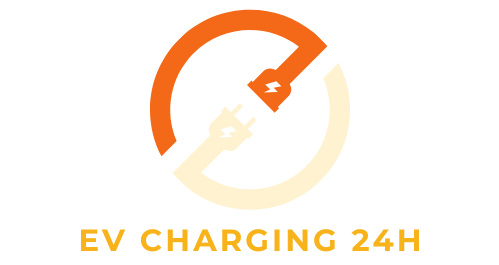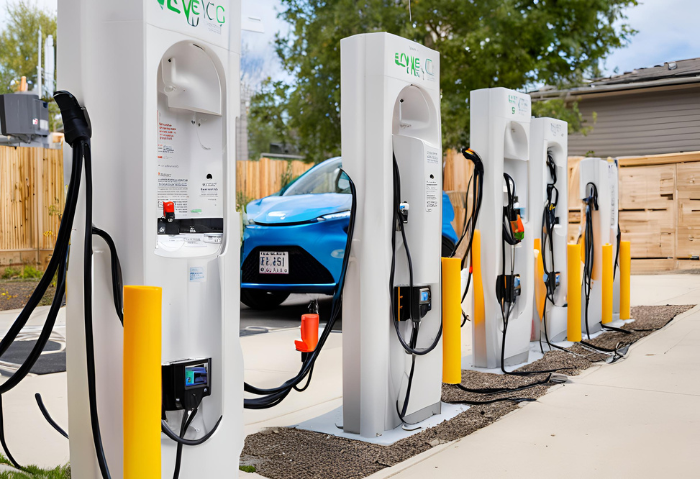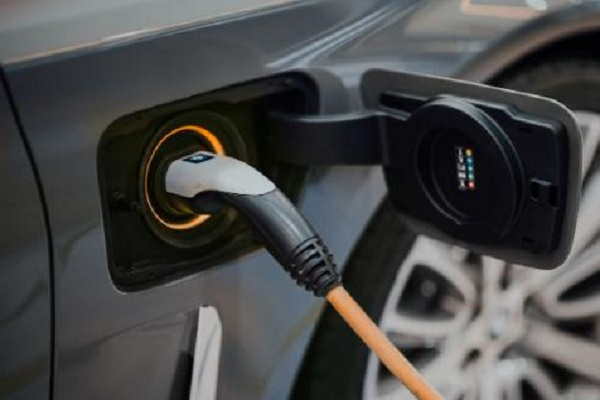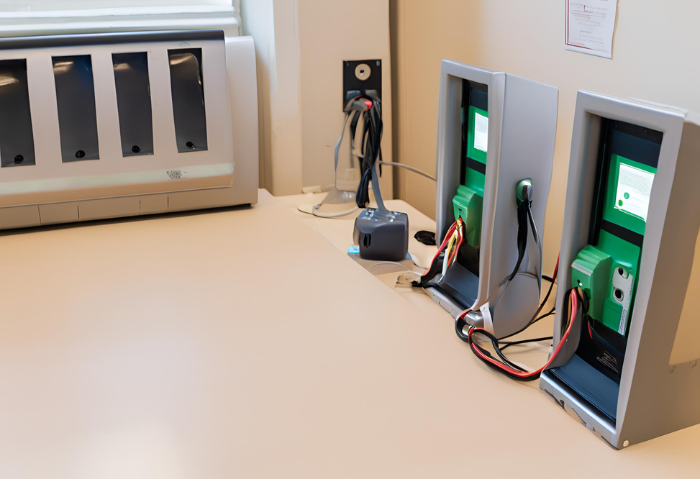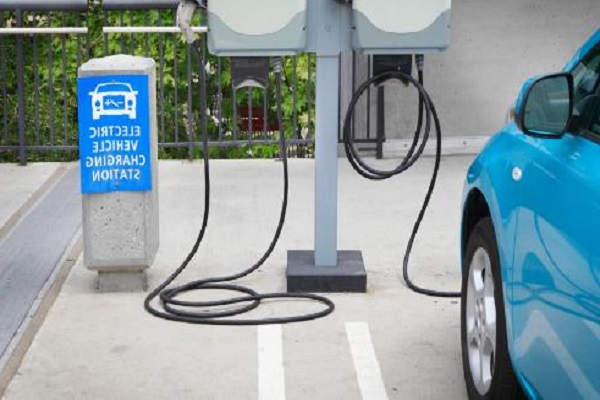Discover the Top Level 3 EV Chargers for Speedy and Efficient Charging
Top Level 3 EV chargers, also referred to as DC fast chargers, stand out as the ultimate leaders in EV charging speeds. They have the ability to supply a substantial amount of energy within an impressively brief period, making them ideal for swiftly replenishing your electric vehicle’s battery during extended road journeys or when time is limited.
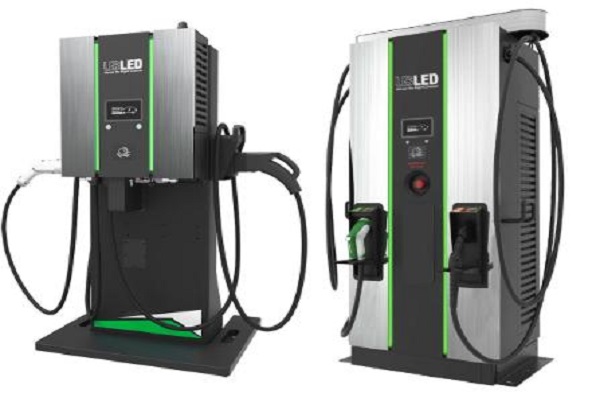
What Sets Level 3 EV Chargers Apart?
The key difference between Level 3 chargers and their slower Level 1 and Level 2 counterparts lies in how they handle electricity. Level 1 and 2 chargers utilize alternating current (AC), which needs to be converted to direct current (DC) by your vehicle’s onboard charger before it can be used by the battery. This conversion process adds extra time to the charging cycle.
On the other hand, Level 3 chargers operate with DC power directly. They have built-in converters that take the high-voltage AC electricity from the grid and transform it into DC at a much higher output than Level 1 and 2 chargers. This eliminates the need for on-board conversion and significantly reduces charging times.
The Basics of Level 3 Charging Technology
Level 3 chargers typically deliver power outputs ranging from 50 kW to a staggering 350 kW. This translates to charging speeds that can replenish an EV battery to 80% capacity within 15 to 30 minutes, depending on the vehicle’s battery size and charging capabilities.
Here’s a simplified breakdown of how Level 3 charging works:
- AC Input: The charger receives high-voltage AC electricity from the power grid.
- AC-to-DC Conversion: The charger’s internal converter transforms the AC electricity into DC power.
- High-Power DC Output: The converted DC power is delivered to the EV’s battery through a special DC fast-charging port.
- Battery Charging: The EV’s battery management system regulates the incoming DC power to safely charge the battery.

Comparing Charging Speeds: Level 1, 2, and 3
To illustrate the dramatic difference in charging times between Level 1, 2, and 3 chargers, consider this scenario:
- Level 1 Charger (120V): Expect to wait for 24 to 48 hours to fully charge a typical EV battery.
- Level 2 Charger (240V): Charging times can range from 4 to 12 hours, depending on the charger’s power output.
- Level 3 Charger (High-Voltage DC): A Level 3 charger can deliver an 80% charge in as little as 15 to 30 minutes.
As you can see, Level 3 chargers offer a significant advantage in terms of speed, making them ideal for situations where time is of the essence.
Key Features to Look for in Level 3 EV Chargers
While all Level 3 chargers boast impressive charging speeds, there are a few key features to consider when choosing one:
- Power Output: Higher kW ratings generally translate to faster charging times. However, not all EVs can handle the maximum output of every Level 3 charger.
- Charging Connector Standards: Ensure the charger uses a compatible connector standard for your EV (e.g., CCS Combo, CHAdeMO).
- Network Compatibility: Some chargers are part of charging networks that offer features like mobile app connectivity and payment options.
- Additional Amenities: Look for stations with amenities like restrooms, convenience stores, or even dedicated charging lounges while you wait for your car to charge.
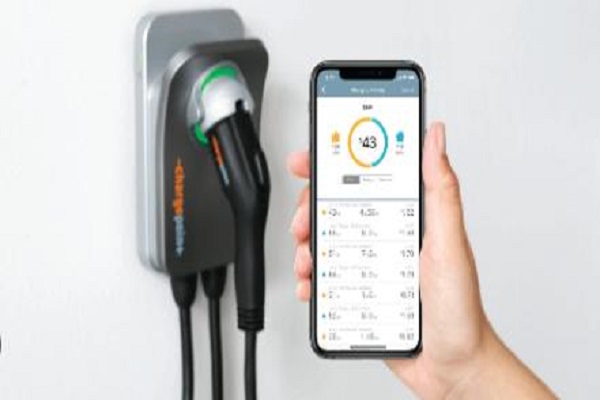
How to Choose the Best Level 3 Charger for Your Electric Vehicle
Now that you’ve discovered the advantages of Level 3 EV chargers, it’s time to delve into choosing the perfect one for your electric vehicle. Here are some key factors to consider:
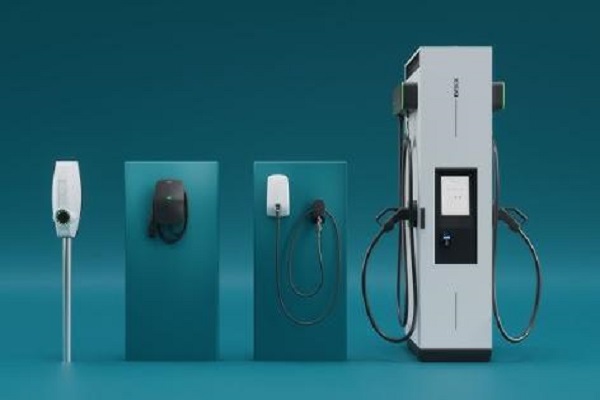
Understanding Your Vehicle’s Compatibility
- Not all EVs are created equal. While most modern EVs can utilize Level 3 charging, it’s crucial to consult your owner’s manual or manufacturer’s website to confirm compatibility.
- Pay attention to the specific DC fast-charging standard your vehicle supports. Common standards include CCS Combo (CCS1 in North America, CCS2 in Europe) and CHAdeMO.
Evaluating Your Charging Needs and Usage Patterns
- How often do you take long road trips? If frequent long journeys are part of your routine, prioritizing a high-power Level 3 charger (around 350 kW) might be beneficial.
- For occasional top-ups during errands or commutes, a moderately powered charger (around 50 kW) might suffice.
- Consider your daily driving range and how much battery charge you typically need to replenish on the go.
Considering Installation Requirements and Costs
- Level 3 chargers are typically installed at commercial locations or public charging stations. These chargers are not designed for home use due to their high-voltage requirements.
- The installation costs associated with Level 3 chargers are significant and are typically handled by businesses or organizations that provide public charging infrastructure.
Additional Tips
- Charging Network Compatibility: If you frequently use a particular charging network, look for Level 3 chargers within that network for potential benefits like membership discounts or mobile app connectivity for easier charging management.
- Availability and Location: Consider the locations of Level 3 chargers along your regular routes or in areas you frequent. Accessibility is a key factor, especially for long trips.
Why Installing a Level 3 Charger at Home Might Not Be Realistic (But Here are Some Alternatives)
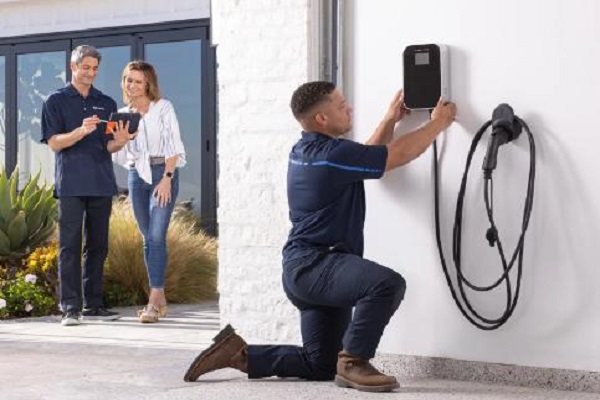
While the idea of having a super-fast Level 3 charger at home to top off your EV in minutes sounds tempting, there are some significant drawbacks to consider:
- Excessive Cost and Electrical Requirements: Level 3 chargers necessitate heavy-duty electrical infrastructure to handle the high-voltage DC power they deliver. Installation costs can be substantial, often exceeding several thousand dollars.
- Limited Usefulness for Daily Charging: EVs are designed for overnight or planned charging at home. Level 3 chargers are more suited for quick top-ups on long trips, not everyday use.
- Battery Degradation: Frequent use of Level 3 chargers can contribute to faster battery degradation due to the high heat generated during fast charging.
However, there are excellent alternatives for home EV charging that offer a good balance between speed and convenience:
- Level 2 Charger Installation: Level 2 chargers are the ideal choice for home EV charging. They provide significantly faster charging times than Level 1 chargers (typically used with a regular household outlet) and are more affordable to install compared to Level 3 chargers.
- Public Level 3 Charger Network: Utilize strategically placed public Level 3 DC fast chargers along your regular routes for long trips. Many apps and websites can help you locate these stations and plan your charging stops.
Focus on Level 2 for Home, Utilize Level 3 on the Road
For everyday charging needs, a Level 2 charger at home is the most practical and cost-effective solution. Level 3 chargers are best used strategically on long journeys when you need a quick boost to get back on the road. This approach allows you to enjoy the benefits of both charging methods without the drawbacks of having a Level 3 charger at home.
Level 3 EV Charger Showdown: Unveiling the Top Contenders
While Level 3 chargers aren’t available for home installation due to their hefty requirements, they reign supreme in the public charging domain. Here’s a breakdown of some leading brands and their offerings:
ABB
- Renowned Brand Reputation: ABB is a global leader in power and automation technologies, translating to reliable and robust chargers.
- Diverse Portfolio: Offers a range of Level 3 charger models with varying power outputs (from 50 kW to 350 kW) to cater to different needs.
- Focus on Innovation: ABB integrates cutting-edge features like liquid cooling systems for efficient heat management and improved charging performance.
Enel X
- Widespread Network: Enel X, a subsidiary of the Enel Group, boasts a vast charging network across several countries, offering greater accessibility.
- Focus on Sustainability: Enel X prioritizes sustainable practices, often incorporating renewable energy sources to power their charging stations.
- User-Friendly Interface: Enel X chargers are known for their intuitive user interfaces that simplify the charging process.
Siemens
- Advanced Technology: Siemens leverages its engineering expertise to create technologically advanced Level 3 chargers with features like dynamic load balancing for efficient power distribution.
- Customization Options: Siemens offers some customization options for businesses and organizations looking for tailored charging solutions.
- Durability and Reliability: Siemens chargers are built to withstand demanding environments and provide long-lasting performance.
Tesla Superchargers (for Tesla Vehicles Only)
- Unmatched Speed and Network: Tesla’s proprietary Supercharger network offers unparalleled charging speeds (up to 250 kW) and extensive coverage, ideal for Tesla owners.
- Seamless Integration: Integration with Tesla vehicles allows for a smooth and automated charging experience.
- Limited Availability (for non-Tesla EVs): Not compatible with other EV brands due to Tesla’s unique charging connector.
Customer Reviews and Cost Analysis
It’s crucial to note that customer reviews for Level 3 chargers are typically geared towards businesses that own and operate charging stations, not individual EV owners.
The cost of Level 3 chargers is primarily a concern for businesses and organizations installing them, with pricing varying depending on the power output, brand, and desired features.
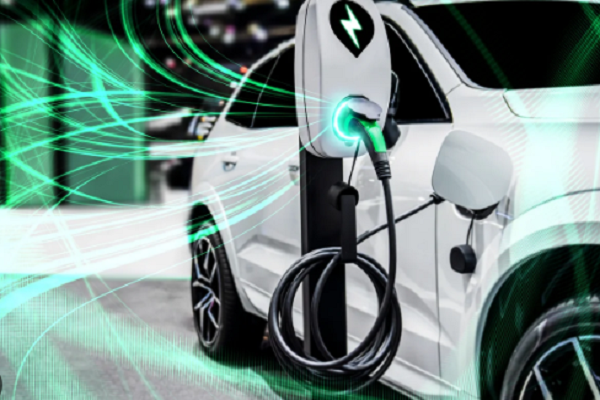
Highlighting Innovative Features
- Multi-Standard Compatibility: Some chargers offer compatibility with multiple DC fast-charging standards (CCS Combo, CHAdeMO) to cater to a wider range of EVs.
- Payment Integration: Integration with mobile payment apps allows for a convenient and contactless charging experience.
- Real-Time Monitoring and Diagnostics: Advanced chargers provide real-time data on charging status, power output, and potential diagnostics for improved maintenance.
Remember
The “best” Level 3 charger depends on the specific needs of the business or organization installing it. Factors like power output, network compatibility, and innovative features all play a role.

Henry Michael is a leading expert in EV charging station research, specializing in innovative solutions for electric vehicle infrastructure. With a passion for sustainability and technological advancement, he is dedicated to advancing the accessibility and efficiency of EV charging worldwide.
